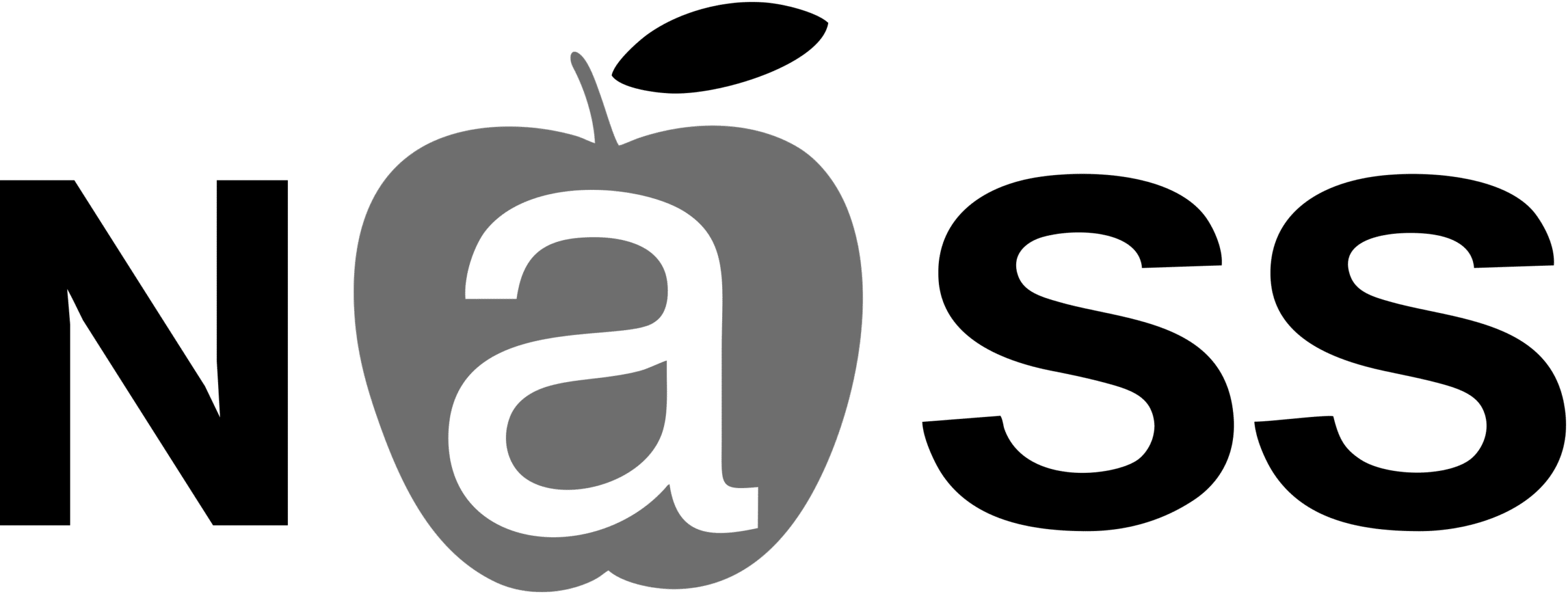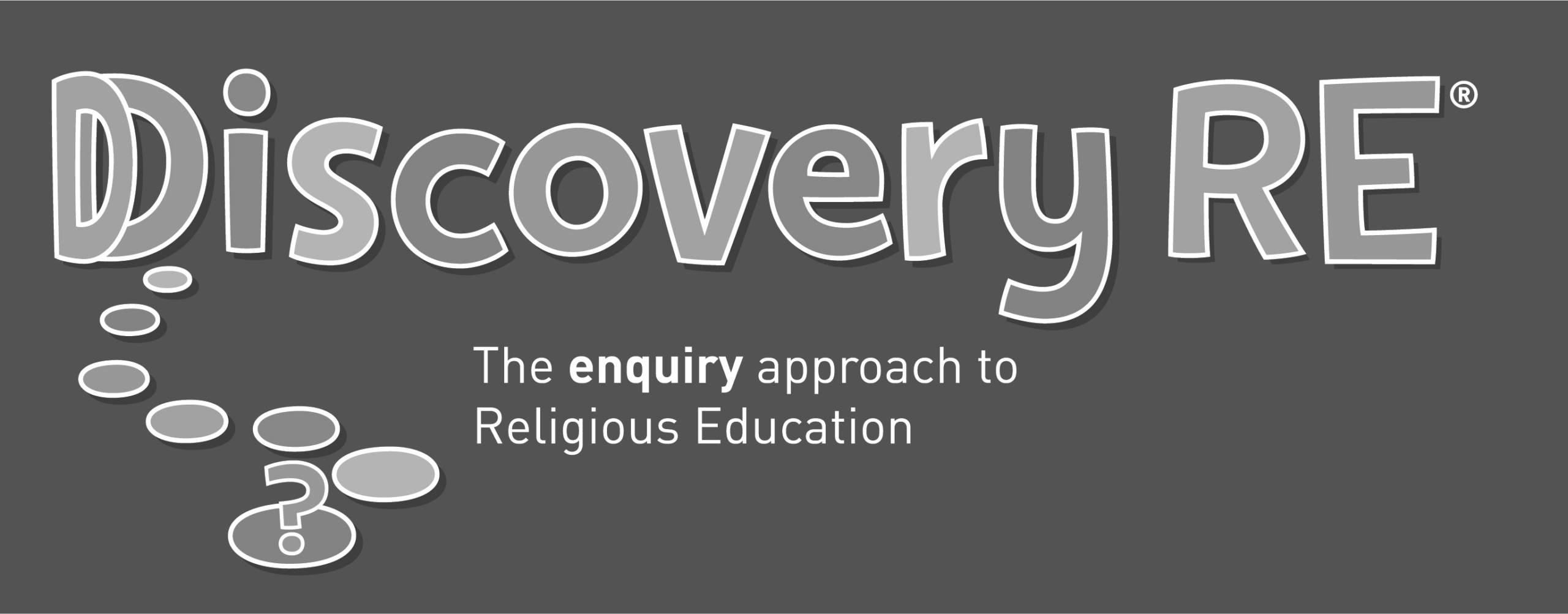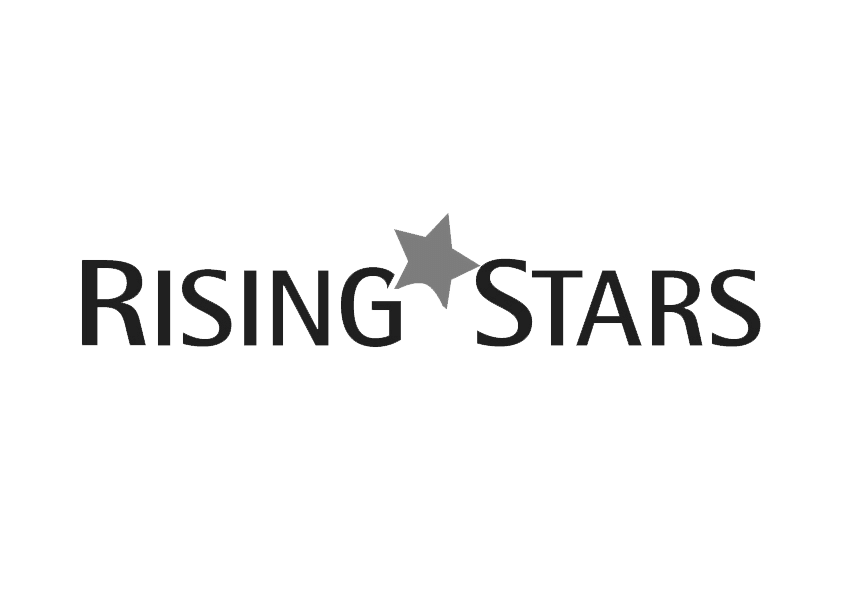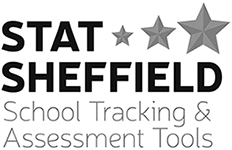In the late 80’s and early 90’s I was a pupil at a very large north Manchester secondary school with around 1,500 pupils. At the time, I was under the impression I was the only gay pupil in the school: No one was out, not a single pupil or teacher. Section 28, the legislation that banned local authorities, and by default most schools, from doing anything about LGBTQ+ education was introduced by the Government whilst I was at school. I didn’t fully understand or appreciate the implications of the legislation at the time, but I can remember the impact on me of watching the Prime Minister of the day, at their party conference stating that ‘we must stop teaching children that they had an inalienable right to be gay.’
Skip forward to the 2010’s and I’m the head teacher of a large north Manchester primary school, contemplating the use of homophobic language by some pupils. Society had moved on immeasurably since I was at school, the repeal of Section 28, equalisation of the age of consent, civil partnerships and gay marriage, right to adopt and the legal protections contained in the Equality Act. But what changed in schools? Precious little from what I could see. I was determined to change that in my school and make sure my pupils didn’t have the same experience that I had.
Why? Well there is report after report that shows what is happening to our LGBTQ+ pupils and what happens to them as adults. Stonewall’s School Report of 2017 shows that 45% of LGBTQ+ young people had experienced homophobic bullying in school. The most recent study out, by the charity Just Like Us (completed in Dec 2020 and Jan 2021) showed that LGBTQ+ young people were at least twice as likely and in some cases three times more likely to experience severe mental health conditions such as depression, anxiety, self-harm, eating disorders and suicidal thoughts. The Government’s own National LGBT Survey of 2018 shows that 40% of LGBTQ+ people had experienced a homophobic, biphobic or transphobic incident in the last 12 months and 70% of LGBTQ+ people avoid being open about their sexual orientation or gender identity for fear of a negative reaction.
The National LGBT Survey is important for schools as it directly led to a review of RSE, which in turn became the new RSE 2020 guidelines. And whilst this is a major step forward, and a lot of schools are using it as an opportunity to move their practice forward, I fear a lot of schools haven’t had the training or support they need to fully make a positive impact on the lives of their pupils. I work in many schools, both primary and secondary, up and down the country, and I hear from schools that they are covering LGBTQ+ inclusion in PSHE or having organisations like Diversity Role Models comeinto school, and whilst this is wonderful news and certainly a step forward, this should be the icing on the cake and not the beginning and end of the LGBTQ+ curriculum. LGBTQ+ education should be, to borrow an old OFSTED phrase – “a golden thread running throughout the whole curriculum”.
To do that, think about what you do in school to tackle other forms of discrimination (and I’m certainly not suggesting that we have other forms of discrimination sorted in schools). Make a list of what you teach about and do to combat racism, sexism and ableism – and then say to yourself – do we do that for LGBTQ+? If the answer is yes, great, if not, start doing it. For example, in primary schools, take one of the biggest selling and longest running reading schemes. Biff, Chip, Kipper and Floppy the dog have friends called Nadim and Aneena who have a different culture to them and they have a friend in a wheelchair, but do they have a friend with two mums or two dads? When we do biographies in Upper Key Stage Two, we make sure that we have strong black role models like Martin Luther King and Rosa Parks to research and write about, how about the use of some LGBTQ+ ones as well? Drag your curriculum out and see where you can naturally fit in positive LGBTQ+ role models and teaching. Look at all aspects of your school life and see if LGBTQ+ people are represented. For example, my school named one of our houses after Emeline Pankhurst, one of the most important women in this country’s history – we also made sure one was named after Alan Turing.
Only when LGBTQ+ education pervades all aspects of school life, and is ‘normalised’ will we see some of those very depressing statistics quoted earlier begin to change.
Author: Rob Partington















